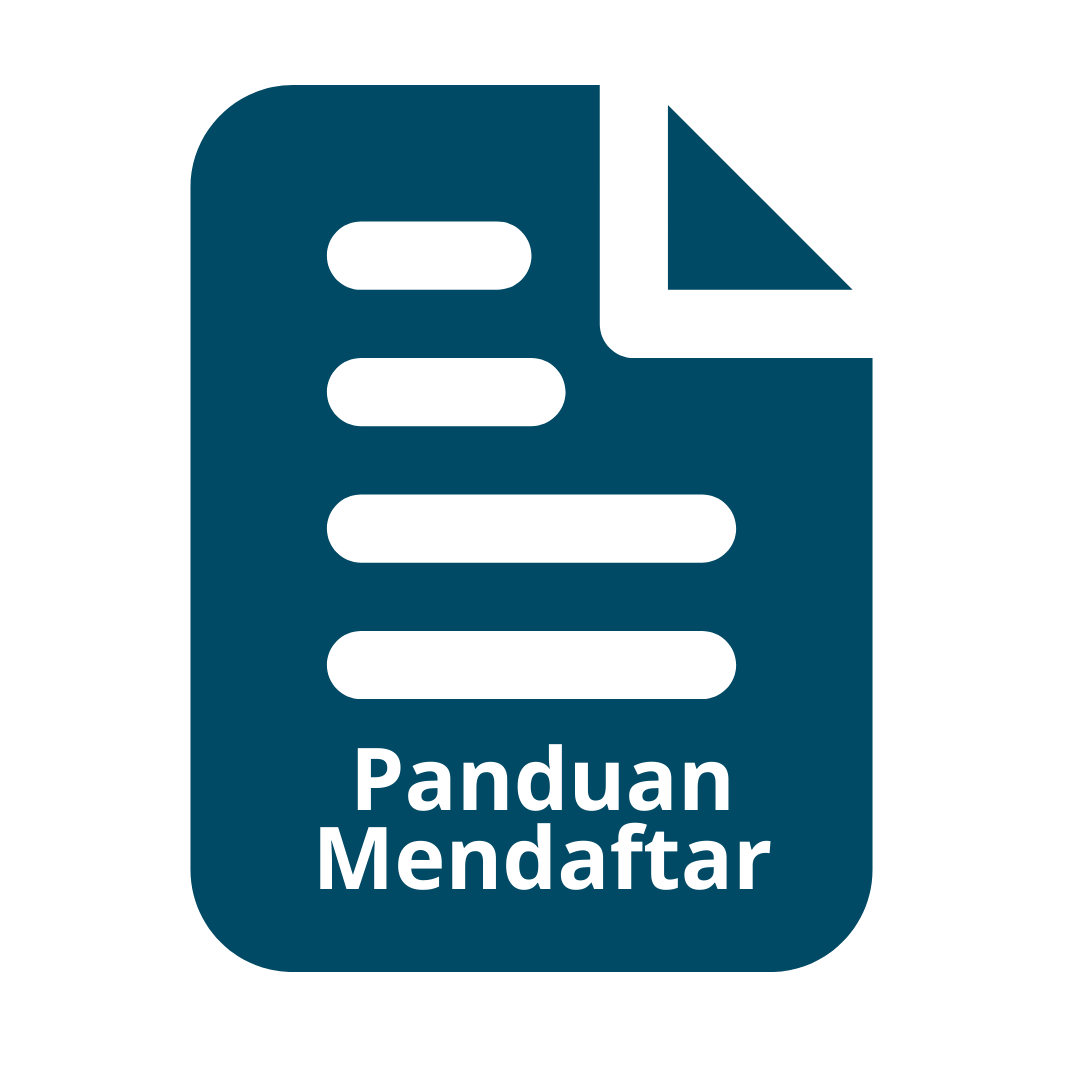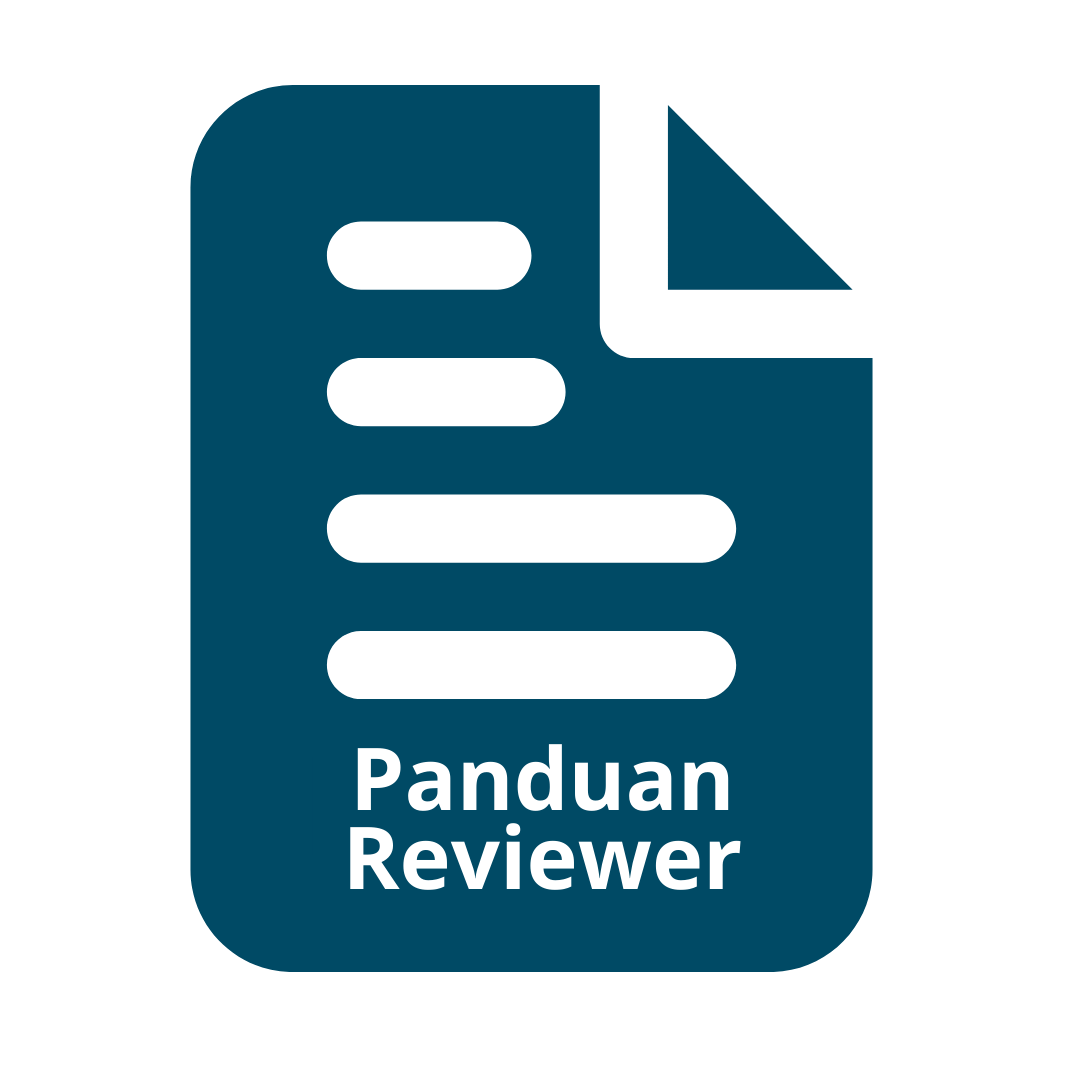MORPHOLOGICAL IDENTIFICATION OF FUNGAL PATHOGENS ASSOCIATED WITH POST-HARVEST DISEASES
Abstract
Post-harvest products are perishable and vulnerable to diseases that lead to quality deterioration and yield loss. One of the primary diseases found in most post-harvest products is caused by fungal pathogens. This study identified fungal pathogens associated with post-harvest products through morphological characterization. Fruit and vegetable samples were collected from traditional markets and fruit stores in Central Java. The results of fungal pathogens identification causing disease on post-harvest products showed that Pestalotiopsis sp and Neopestalotiopsis sp. were found on guava with white blackish mycelium, present concentric ring and blackspot, Aspergillus sp. on tomato with yellow-greenish mycelium, present concentric ring only, Botrytis sp. with grey mycelium and Rhizoctonia solani with white greyish mycelium and present of a concentric ring on apple, Rhizoctonia solani with greyish black and present of blackspot on mango, and Colletotrichum sp. with white greyish mycelium and present of a concentric ring, conidiomata and blackspot on citrus. This study concluded that the most fungal pathogens on post-harvest that we found were Pestaloptia sp., Rhizoctonia solani, Aspergillus sp., Botrytis sp., and Colletotrichum sp.
Keywords
Full Text:
PDFReferences
Barnett, H.L., & Hunter, B.B. (1995). Illustrated Genera of Imperfect Fungi. 4th ed. Burgess Publishing Company. Printed in the United States of America.
Bhunjun, C.S., Phillips, A.J.L., Jayawardena, R.S., Promputtha, I., & Hyde, K.D. (2021). Importance of Molecular Data to Identify Fungal Plant Pathogens and Guidelines for Pathogenicity Testing Based on Koch's Postulates. Pathogens, 10(9):1096.
Ewekeye, T.S., & Odebode, A.C. (2021). Isolation and identification of fungi associated with Solanum lycopersicum L. (tomato) leaves in Alapoti, Ogun State Nigeria. International Journal of Pathogen Research, 6: 1–11.
Fodnes, J.O. (2022). Assessing the potential of Norwegian fungal isolates for biodegrading low-density polyethylene (LDPE) [Thesis]. Nurwègen; Norwegian University of Life Sciences.
Herliyana, E.N., Oktavianto, P., & Siregar, U.J. (2022). Identification and characterization of Pestalotiopsis spp. causing leaf spot and leaf blight on jabon (Neolamarckia spp.) in Indonesia. Biodiversitas, 23(12) : 6547–6556.
Kator, L., Iheanacho, A., & Aloho, K. (2018). Isolation, identification, and pathogenicity of fungal organisms causing post-harvest spoilage of tomato fruits during storage. Annual Research & Review in Biology, 26(6): 1–7.
Komalaningrat, D., Tondok, E., & Widodo, W. (2019). Identitas spesies Botrytis pada tanaman hortikultura di Jawa Barat, Indonesia. Jurnal Fitopatologi Indonesia, 14 (6): 205 – 214.
Kumar Singh, B., Singh Yadav, K., & Verma, A. (2017). Impact of post-harvest diseases and their management in fruit crops: an overview. Innovative Association J.Bio, 6 (5): 749–760.
Pétriacq, P., López, A., & Luna, E. (2018). Fruit decay to diseases: can induced resistance and priming help?. Plants, 7(4): 77-94.
Pramesti, R.P.A., Supriyadi , M.R., Karisma, A.H., Alfin, M.R., Wibowo, M., Maulana, B.R., Putra, G.M., Pinem, J.G., Chasanah, U., Kristiningrum, K., Besari, A.Y., Oktaviani, A.N., Hidayati, D.N., Budiarti, D.H., Muliadi, J., Waluyo, D., & Nugroho, A.S. (2022). Morphological and textural feature extractions from fungi images for development of automated morphology-based fungi identification system. Jurnal Bioteknologi & Biosains Indonesia (JBBI), 9(2), 227–236.
Singh, D., & Sharma, R.R. (2018). Post-harvest diseases of fruits and vegetables and their management. In Post-harvest Disinfection of Fruits and Vegetables. Elsevier. (pp. 1–52).
Solarte, F., Muñoz, C.G., Maharachchikumbura, S.S.N., & Álvarez, E. (2018). Diversity of Neopestalotiopsis and Pestalotiopsis spp., causal agents of guava scab in Colombia. Plant Disease, 102(1): 49–59.
Statistics Indonesia. (2023). Horticultural Crop Production. Retrieved from https://www.bps.go.id/subject/55/hortikultura.html#subjekViewTab3. Accessed on October 10th, 2023.
Strano, M.C., Altieri, G., Allegra, M., Di Renzo, G.C., Paterna, G., Matera, A., & Genovese, F. (2022). Post-harvest technologies of fresh citrus fruit: advances and recent developments for the loss reduction during handling and storage. Horticulturae, 8(7): 612-644.
Sultana, A., Sikder, Md. M., & Alam, N. (2023). Identification and Fungal Biology of Post-harvest Fungi Associated with Amla Fruits and Its In Vitro Control Measures. Advances in Zoology and Botany, 11: 1-11.
Vijayaraghavan, R. (2019). Characterization of Rhizoctonia solani causing fruit rot of strawberry (Fragaria x ananassa Duch.) in Wayanad and in vitro evaluation of fungicides, organic preparations, and bioagents for its management. Journal of Horticultural Sciences, 14(2): 155–160.
Wahyu Pratiwi, N., Juliantari, E., & Napsiyah, K. (2016). Identifikasi jamur penyebab penyakit pascapanen pada beberapa komoditas bahan pangan. Jurnal Riau Biologia, 1(14): 86-94.
Wani, T., & Wani, A. (2011). Core rot and Rhizoctonia brown rot of apple in Kashmir valley. Retrieved from https://epubs.icar.org.in/index.php/IPPJ/article/view/7576. Accessed on October 6th, 2023.
Wenneker, M. (2019). Fungal pathogens in pome fruit orchards and causal agents of post-harvest decay [Thesis]. Wageningen : Wageningen University and Research.
Wenneker, M., & Thomma, B.P.H.J. (2020). Latent post-harvest pathogens of pome fruit and their management: from single measures to a systems intervention approach. European Journal of Plant Pathology, 156(3): 663–681.
Zhafarina, S., Wibowo, A., & Widiastuti, A. (2021). Multi-genetic analysis of Colletotrichum spp. associated with post-harvest disease of fruits anthracnose in special region of Yogyakarta, Indonesia. Pakistan Journal Biology Science, 24(1):53-65.
Zhang, S., Zheng, Q., Xu, B., & Liu, J. (2019). Identification of the fungal pathogens of post-harvest disease on peach fruits and the control mechanisms of bacillus subtilis jk-14. Toxins, 11(6) : 322 -337.
DOI: https://doi.org/10.31315/agrivet.v29i2.11001
DOI (PDF): https://doi.org/10.31315/agrivet.v29i2.11001.g6107
Refbacks
- There are currently no refbacks.
Indexed by:









